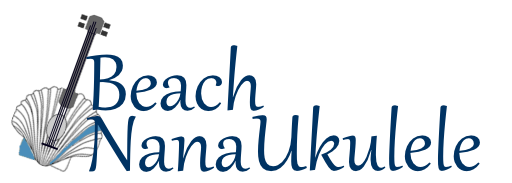The Relationship Between Keys, Notes, and Chords
You may be wondering how keys, individual notes, and chords fit together. Let’s look at Key first. A “Key” is a collection of pitches or notes (major or minor) that acts as a “home base” for a piece of music. We can say that these notes work well together in a scale or chord.
In the Key of C major, the notes in the key are C D E F G A B without any flats or sharps (we’ll learn about those in another lesson).
“Notes” are the pitches or tones within a Key and are the basic building blocks for chords. And, finally, “Chords” are groups of two or more notes played together to form a harmony. When you know which notes make up a chord, you can play that chord anywhere on the fretboard where those notes are grouped.
12 Notes Make All the Music
Each note is assigned a letter name and, believe it or not, there are only 12 notes in the musical alphabet.
A, A#/Bb, B, C, C#/Db, D, D#/Eb, E, F, F#/Gb, G, G#/Ab
Looking at the note list above, the notes with a sharp (#) or flat (b) sign use two letters to show a “sharp step up” from the previous note or a “fall flat down” from the following note. So a step up from A is A# whereas a step down from B is a Bb. A step up from D is D# and a step down from E is Eb. Each combination note is just one note with two names and is said to be “enharmonic”. Which name is used depends on the key of the music. There are two places in the musical alphabet without any “double-identity” notes: B to C and E to F.
Where the notes fall on the fretboard
Does it seem like a lot of space on the fretboard for just 12 notes? You’re right! Those 12 notes are repeated all over the fretboard. That means you can find C, G, and F notes in several places around the fretboard. For these beginning lessons, we will focus on the notes between the 1st and 5th frets. Most of the chords you will learn in Uke Camp will be formed on these frets.


